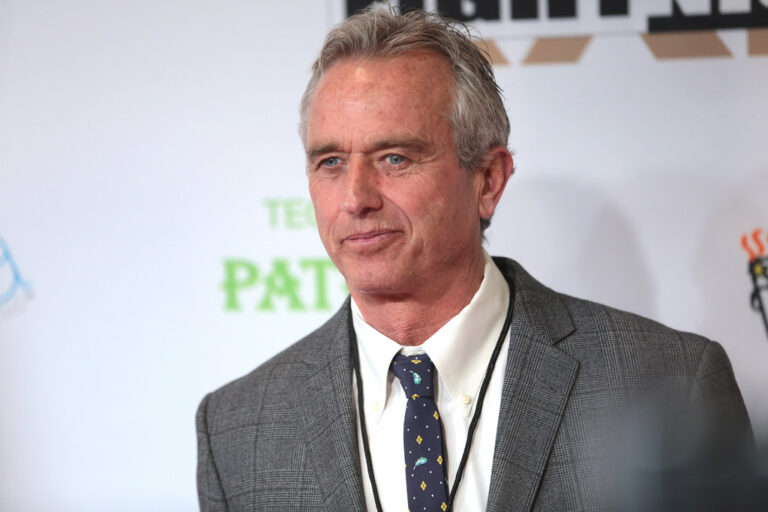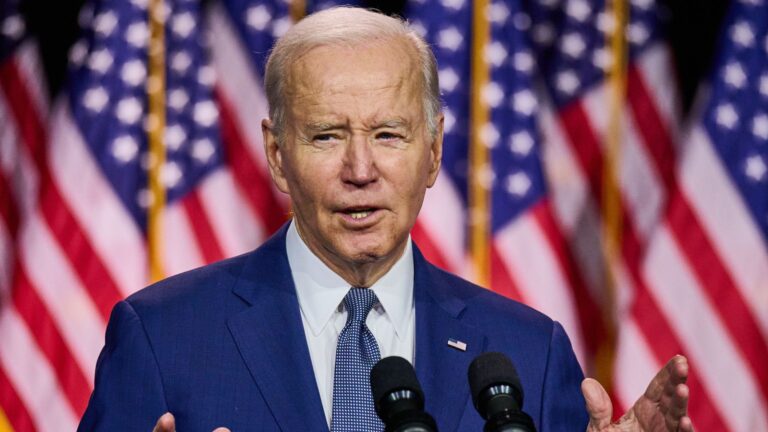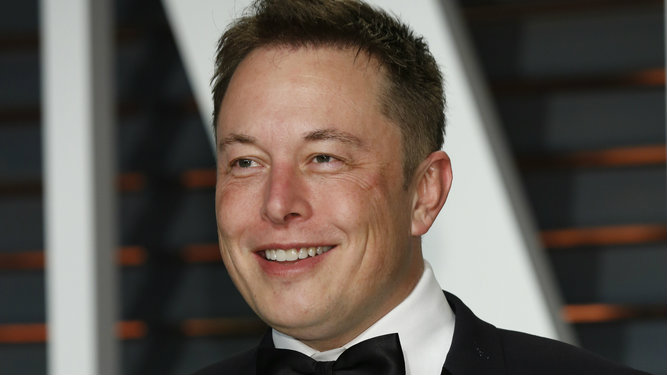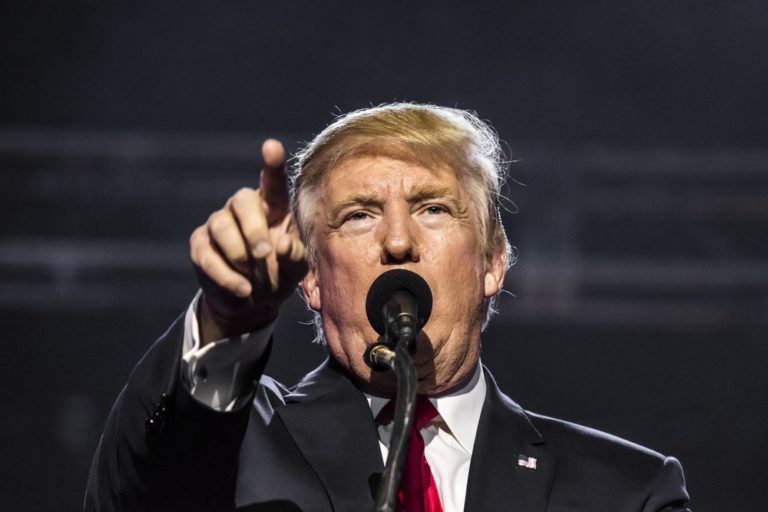Key takeaways
• Trump offered a buyout to federal employees.
• Over 65,000 workers accepted the buyout.
• Economists say the offer alone will not affect the national job market.
• When paired with federal spending cuts, the effect may be more significant.
Introduction
The Trump administration made an offer to federal employees that may sound interesting to many people. The buyout offer was not meant to change the whole national job market. More than 65,000 federal workers have said yes to the deal and left their jobs. Many economists now believe that the offer by itself will not cause a big shift in the nation’s job situation. They warn that if the offer goes together with cuts in federal spending, the outcome could be more serious.
What is the Buyout Offer?
In simple words, the offer tries to move many federal workers out of their current roles. The government promised a generous payout that many workers found hard to refuse. The idea was to give an opportunity for federal employees to leave their jobs without the usual difficulty. More than 65,000 accepted. In many cases, the process looked straightforward, and workers saw it as a chance to try something new.
The administration hoped that the buyout would work like a reset button. It was a way to reduce the number of workers while claiming it was part of a plan to build a more efficient government. Federal employees who took the deal received payments to ease the transition. There is a clear goal behind the offer and it was well publicized. Despite the interest, many wonder if this move will change the overall job trends in the country.
Economists’ Point of View
Experts in economics have looked at this announcement with a careful eye. They often point out that one step will not change the entire game. When analyzing the numbers, they emphasize that the current offer has a limited reach. This means that while 65,000 workers leaving is a significant number, it does not create enough momentum to change the world of jobs in the nation. Many experts note that other factors, such as overall government spending, now combine to shape the full picture.
The economists argue that it is not the offer that brings major shifts. They believe that the cuts in federal spending are what could lead to a deeper effect in the long run. In other words, if the government also reduces its expenses by other means, the job market might see more noticeable changes. It is important to understand that this buyout is only one piece of a larger puzzle. Even if many workers leave, the gap might be filled by new policies or the adjustments in federal spending.
Analyzing Federal Spending Cuts
Federal spending cuts mean that government funds and resources are reduced. When the government spends less, its programs and services might see changes. That can result in fewer public jobs and a slower response to new challenges. Economists stress that while the buyout offer affects one part of the workforce, spending cuts can influence many other areas. This combination might create a ripple effect across different parts of the national job market.
When the government pulls back funds, many projects may slow down or be stopped. This creates a situation where jobs are not only affected by voluntary departures but also by fewer opportunities coming up later. This combination gives rise to stronger concerns among economists and policy experts. They suggest that the buyout plus spending cuts can set off a chain reaction that could be felt across the country.
This chain reaction happens because money is a central part of the economy. When federal spending is cut, economic growth can slow down. Companies might see less demand for their services or products. Employment growth could weaken because less money circulates widely. In this way, the combined effect of both moves may be a challenge for future job creation.
Implications for the National Job Market
The national job market is a large system that touches nearly every part of the country. Economists explain that a big change, such as a massive reshuffle of federal work, could affect the economic flow. In this case, however, the offer appears to touch only one aspect of it. The immediate effect, they say, is likely to be small.
The basic reason is that only a small fraction of all workers take part in federal employment. Even though 65,000 sounds like a large number, it represents a minor part of the national workforce overall. When other factors such as private investments or economic trends are considered, the total effect becomes modest. In addition, the modern job market is influenced by many external issues. This means that when one small factor changes, it does not create a huge ripple in the larger economy.
Many workers in private industry do not see their jobs change because of the buyout. They believe that this measure is mainly a government adjustment rather than a signal of larger economic shifts. That said, if there is a further cut in federal spending, more areas of the economy might feel the pressure. In this context, the overall job growth could be compromised down the line.
Public Reactions and Opinions
The reaction from many people has been mixed. Some see the buyout as a smart move. They claim it gives federal employees a chance to explore new work. Others worry about the risk of losing experienced government workers. There are questions on whether the government can supply the same level of service with newer and less experienced workers.
Young people and those planning their careers have also voiced opinions. Some of them think that the move will make room for innovation and creativity in the federal workplace. They see it as a chance for new ideas to flourish. Others, however, are cautious about the potential long-term effects on the quality of public services.
Local communities might feel the negative impact too. With fewer experienced employees, services can slow down. This may affect everyday life, especially in cities where the government provides key support services. Over time, many may begin to notice changes they did not expect.
Looking into the Future
Looking forward, it is important to consider what happens next. The buyout offer might be just the first step. Future moves in federal spending will shape how the job market develops. Economists believe this current offer sets a precedent. It suggests that the government may continue to adjust its approach to managing the workforce.
In coming months and years, more cuts or modifications could be announced. The initial offer might lead to other changes. This might create a chain reaction in the federal labor market. With fewer workers, the government might alter its methods or policies. Many wonder if new strategies will emerge to handle an ever-changing job market. The future may see a mix of downsizing and restructuring that will affect government efficiency and public trust.
It is also possible that the buyout offer will encourage a larger review of the status of federal roles. Policy makers may question if older systems still work well in the modern world. This debate can lead to new ideas and reforms in how the government operates. Such changes might ultimately benefit the public if done well. Yet, they come with risks and uncertainties.
What does this mean for federal employees?
Federal employees are at the center of this change. They now have a new choice to leave work with a buyout deal. For many, this is a chance for something new. Some aim to enter the private sector. Others may start their own businesses or pursue further education. The offer provides an option to move away from the regular federal work structure.
However, leaving a job is not easy. Workers worry about stability and future prospects. They know that big changes can lead to unexpected challenges. Some employees feel insecure about the idea of leaving a known job environment. Their decision to accept the buyout reflects their desire to change, but it also carries risk. Over time, they may find that transitioning from federal work to another field has its unique obstacles.
This transitional period is important to the economy too. As more federal workers leave, there may be gaps to fill. New employees might be hired, or other government bodies might have to absorb tasks. In the short term, this could lead to temporary slowdowns in efficiency. In the long term, however, some workers believe it can help refresh the workforce if managed well.
Clear Examples of Change
One clear example of change is how the buyout offer has changed the conversation about job security in the public sector. This conversation is important to many young people thinking about their future careers. When government employees get a guaranteed payout, it alters how they view life in a federal role. It opens up new possibilities for career moves. They see that change can be good if it comes with support and security.
Another example is how the idea of federal spending cuts has grown in the public mind. Many people now worry about how cuts can affect communities. They begin to analyze the real cost of having fewer public services. This discussion makes people more aware of economic policies. As a result, the issue receives more attention in conversations about future growth and planning.
The Role of Policy Makers
Policy makers carry a heavy responsibility. They decide how the government works. They decide on spending and workforce policies. When they introduce a buyout offer, they hope to shape a more efficient system. However, making these decisions is not simple. Trade-offs appear with every choice. They have to balance the immediate needs of workers with potential long-term effects on the job market and the economy.
Policy makers listen to advice from economists. They study trends and make plans accordingly. They know that a small change today might lead to bigger impacts in the future. For instance, if spending cuts continue, the strain on the economy could grow. This requires careful planning. It is important for policy makers to understand that every decision affects lives across the nation.
The Future of the Federal Workforce
The federal workforce is not fixed. It changes over time. This buyout offer is a sign of change. With more experienced workers leaving, there is room for new talent and modern skills. This shift can bring both challenges and opportunities. The government might need to hire more people to replace those who left. Training new workers becomes essential to maintain service quality.
The change also offers a chance for innovation. New employees might introduce fresh ideas and methods. However, there are risks too. The government might face a shortage of workers with deep expertise. This could affect efficiency and public service. In the short term, some public services might struggle to stay competitive. Over time, these shifts in the workforce could lead to a revised approach to public administration.
What to Watch for in the Coming Months
Over the next few months and perhaps years, the national job market may change slowly. The buyout offer is just one step in a longer process. As federal spending cuts are discussed and applied, more changes may occur. Many economists and experts will follow these changes closely. They look for signs of deeper economic shifts. Their analysis will help people understand and prepare for future impacts.
Communities across the nation must also be ready. Local economies may feel changes if federal spending cuts affect community programs. Schools, hospitals, and public services all rely on government efficiency. When spending is reduced, these services might be impacted. Residents should be aware of these potential changes. They need to think about how they prepare for economic adjustments. Being informed will help them cope with any challenges that arise.
New opportunities may also emerge during these changes. For some, the shifting job market might open up roles in new, innovative areas. With technology and modern practices growing, federal roles might change in nature. This means that workers who can adapt may find exciting new paths. In the end, change brings both challenges and promise. It is important to stay alert and ready to learn new skills.
How Young People Can Prepare
For teenagers and young adults, learning about these changes is key to planning for the future. They should stay interested in how government policies affect everyday life. Understanding these shifts can influence career choices. For instance, some may consider jobs that future governments may create or reform. They might explore technology involvement or policy planning roles.
Schools and mentors can help by explaining how economic policies work. Knowing the basics of government spending and workforce changes can be empowering. When young people gain that knowledge early, they become better prepared for the job market. They will be ready to adapt to changes and seize opportunities as they appear. Staying informed is an important habit that will benefit them in many ways.
Final Thoughts
The Trump administration’s buyout offer is an important development in how the government handles its workforce. With more than 65,000 federal employees leaving, a new chapter in federal employment is unfolding. Yet, economists remind us that one single move does not change the whole economic picture. Instead, it is the combination of policies, including federal spending cuts, that may have a larger impact.
The offer may boost the idea of change, but it comes with risks. Federal employees must weigh the benefits against possible future challenges. As new talent comes in, there are hopes for a more innovative government. Still, the risk of losing experienced workers lingers. Future job market shifts depend on many factors. Only time will tell how these changes affect everyday life.
Both policy makers and workers must work together during this transition. By planning carefully and staying informed, they can navigate the ups and downs ahead. The simple truth is that change is constant. People who understand this and keep learning are more likely to succeed in any job market, whether it is in the federal arena or elsewhere.
The nation watches as federal policy slowly unfolds. Many are curious to see whether this change will lead to progress or to more challenges. For now, the focus remains on managing the shift in the workforce while keeping the greater economy stable. Adjustments and careful planning will be needed. The conversation continues, and many voices share their ideas on how best to move forward.
This story teaches us that one decision may seem big but is only part of a much larger plan. The federal buyout is one piece of a puzzle that includes cuts in spending and other economic factors. People must remember that no single change creates a new reality overnight. Instead, it is a gradual process that requires thoughtful analysis and steady effort.
As more discussions happen in political and economic circles, it is important to follow these conversations. Understanding them helps everyone see the long path ahead. Change in the workforce and the job market is complex. It involves choices from top leaders and decisions made by everyday workers.
Young readers should take note that every decision they make about their career and studies matters. They should be curious and alert to how public policies might shape their futures. This awareness will build confidence and prepare them to become tomorrow’s leaders. It is important to learn about these processes and to value the careful work that goes on behind the scenes in government.
In conclusion, the buyout offer from the Trump administration is a strategic move meant to reduce the federal workforce. While the buyout by itself may not disrupt the national job market, its combination with federal spending cuts may lead to bigger changes. In this evolving scenario, the partnership between economists, federal workers, and policy makers will be critical for the future of the government workforce and the job market. The story unfolds slowly yet steadily, and every change along the way is a lesson for all of us.









